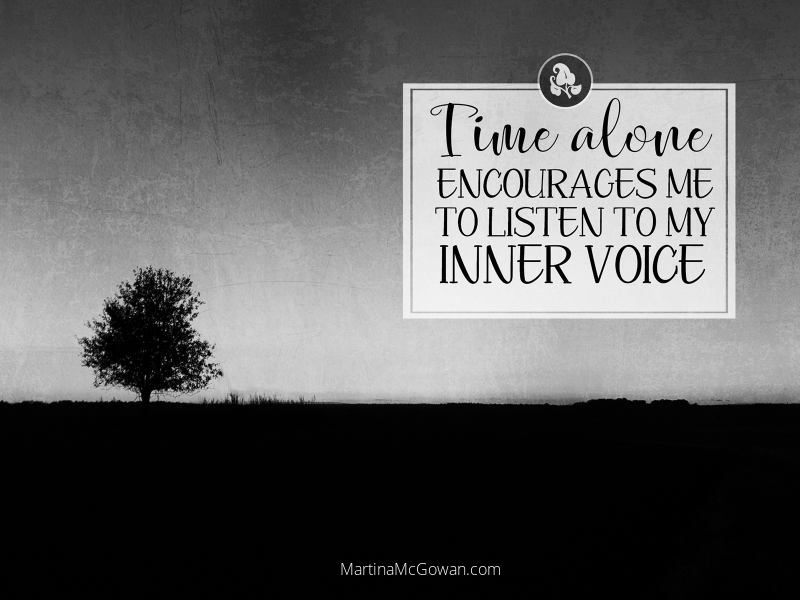It has always been more about a relapse than it is about quitting. I have met hundreds of people who quit cigarettes every day.
But do they succeed at it?
No, they just quit every day.
Neeraj Agnihotri
Tomorrow, May 31st, along with being a national holiday in the States, is World No Tobacco Day
Before we begin, I am an ex-smoker. I don’t preach about quitting smoking because it is tough. And we must each follow our own path for what we know to be healthier choices for ourselves and our families.
My dad smoked, and we are probably pretty lucky that the house never burned down. So, it was probably natural that I tried in my preteen years. It was disgusting and I got in major trouble with my mom, who did not smoke.
Anyway, by the time I met up with true stress during my medical training, it was an easy habit to fall into. At some other time, I will share my own quitting trials, but that is not our focus today.
Secondhand Smoke
One of the major forces in my quitting was trying not to expose my children to secondhand smoke. It was bad enough that I was compromising my own health, but I did not want to sacrifice theirs.
Studies have found that most adults significantly underestimate their exposure. Here is a link to a CDC report on the effects of secondhand smoke.
Whether we smoke or not, we can all help reduce secondhand smoke and its effects. Consider these steps toward creating a smoke-free environment.
Smokers
1. Begin quitting.
- Ideally, all smokers would be able to give up tobacco permanently. But, it is often not so simple.
- Many of us require more than one attempt before we are successful.
- Prescription and non-prescription pills, gum, patches, etc. can make the process more comfortable, but not necessarily any easier.
- And, as the quote above says, we quit every day. This is not one-and-done for the vast majority of smokers. It is a lifelong journey to remain nicotine-free.
2. Go outside.
- My two first rules on my way to quitting were:
- No one could smoke in the house. This upset a few friends and relatives, especially in the icy winters of Michigan.
- Neither of us could smoke if the children were in the car
- Dispose of ashtrays and lighters or keep them “outside.”
4. Clean up when you come inside.
- We can’t smell it, but smoke clings to everything- clothing, hair, skin.
- Rinse off the residue.
- Carry sanitizing hand wipes.
- Spray down your clothes.
7. Find new ways to deal with your stress.
- If it is taking you longer than you thought to quit, start cutting down by creating substitute habits for responding to stress.
- Take a short walk after eating
- Have a cup of tea
Nonsmokers
1. Ban indoor smoking.
- Enforce a no-smoking policy in your home, vehicles, and anywhere else you and family members spend time.
- Give your guests advance notice to make compliance smoother.
2. Move on.
- If your health is your top priority, you can move away if others choose to continue smoking.
- Find another bench or go for a walk alone.
3. Offer support.
- If you have family members or friends who are truly ready to try and give up tobacco, help them through those initial cravings.
- Provide plenty of encouragement along with practical assistance and support.
There are no safe levels of first- or secondhand smoke!
Living with a smoker increases a nonsmoker’s chances of developing lung cancer by 20 to 30 percent.
Protect yourself and your loved ones by working to clean up the air you all breathe.




